CLICK HERE TO VIEW THIS ON REUTERS.COM
LONDON (AlertNet) - Global spending on humanitarian aid hit a record $16.7 billion in 2010 despite the financial crisis, but devastating disasters and rising delivery costs meant almost 40 percent of needs still went unmet, new data showed on Wednesday.
Governments poured $12.4 billion into emergency relief, up 6 percent from the year before, while private donors gave $4.3 billion, according to preliminary estimates by Global Humanitarian Assistance, a British-based aid monitoring group.
"While the overall international response to humanitarian crises shows an upward trend, many governments are coming under pressure to justify existing levels of aid spending," GHA said in its latest annual report on aid flows.
"In a global context of rising demand, escalating costs and budgetary constraints, the need to target humanitarian financing effectively and equitably is ever more compelling."
A devastating earthquake in Haiti and Pakistan's worst floods in memory squeezed humanitarian aid in 2010 even as contributions to U.N. "flash" appeals for urgent funding soared to 17 times their level in 2009, the report said.
Meanwhile, falling contributions to long-running, "complex emergencies" in Chad, Central African Republic, the Palestinian territories and other areas meant funding failed to keep pace with overall aid requirements, GHA added.
At the same time, escalating food and fuel costs made it more expensive to procure and deliver aid, the report said. Food prices have risen by more than 40 percent since 2007 while oil prices are up 36 percent in real terms.
The result was that 37 percent of overall needs went unmet, compared with an average of 30.2 percent for the preceding five years, the report said.
RISE BELIES BELT-TIGHTENING
The GHA figures provide the first snapshot of emergency relief flows since the global financial crisis, which raised fears donors would scale back overseas aid amid mounting pressure from cash-strapped taxpayers.
GHA said the record-breaking spending -- 11 percent more than donors gave in 2005 when the Indian Ocean tsunami and Pakistan earthquake triggered an unprecedented outpouring -- masked a new mood of fiscal austerity in many countries.
The data showed that most gains came from four major donors -- the United States, Japan, Canada and Saudi Arabia.
U.S. spending hit $4.8 billion in 2010, compared with $4.4 billion the previous year. Japan raised its aid to $537 million from $298 million while Canada gave $452 million versus $396 million.
Saudi Arabia stepped up its donations significantly, contributing $256 million compared with $82 million a year earlier.
In contrast, the European Union, Britain, Germany, Spain, Sweden, France, Norway, the Netherlands, Australia, Italy, Switzerland, Finland, Denmark and Ireland all cut humanitarian aid, the data showed.
Collectively, those donors gave $1.1 billion less than they did in 2009, with the biggest cuts, in dollar terms, coming from the Netherlands, Sweden, Denmark, Spain and Italy, the report said.
The GHA report included finalized data on where humanitarian aid went in 2009, which showed Sudan as the biggest single recipient for the fifth consecutive year, with $1.4 billion. Recipient data for 2010 is not yet available.
The Palestinian territories received the second-highest amount of help -- $1.3 billion in 2009 compared with $863 million in 2008. The 50 percent increase followed an Israeli blockade and military offensive.
Next in line were Ethiopia, Afghanistan, Somalia, Democratic Republic of Congo, Pakistan and Iraq.
(AlertNet is a global humanitarian news service run by Thomson Reuters Foundation. Visit www.trust.org/alertnet)
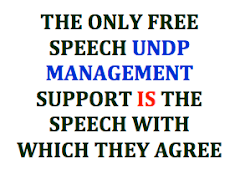




















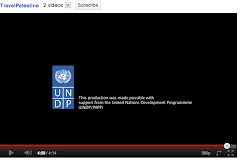





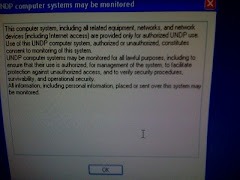









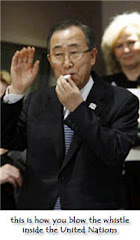
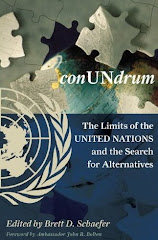

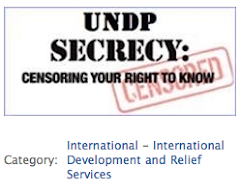

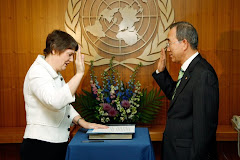





No comments:
Post a Comment